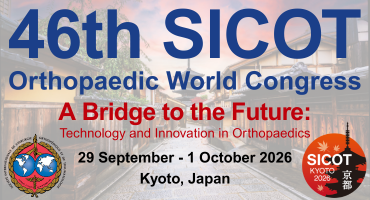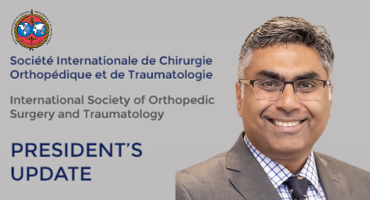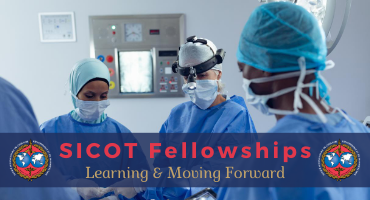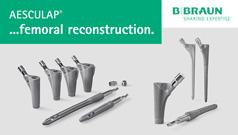Factors contributing to instability after primary total knee arthroplasty: a twenty five Year retrospective cohort study
Int Orthop. 2025 Jul 26. doi: 10.1007/s00264-025-06620-2. Online ahead of print.
ABSTRACT
BACKGROUND: Total knee arthroplasty (TKA) is a highly effective procedure for end-stage knee osteoarthritis, but postoperative instability remains a major concern, impacting patient satisfaction and leading to potential revision surgeries. Understanding patient-related risk factors for instability is crucial for optimizing outcomes and minimizing complications.
METHODS: We conducted a retrospective cohort study of patients who underwent revision TKA at our clinic between 1996 and 2021, focusing on those who required revision specifically due to instability. We analyzed a dataset of 39,572 primary TKA patients without documented revisions and 859 revision patients. Data extraction included age, gender, body mass index (BMI), age-adjusted Charlson Comorbidity Index (CCI) score, and comorbidities. Statistical analyses, including binary logistic regression, were performed to identify independent risk factors for instability.
RESULTS: The instability group (n = 859) had a mean age of 65.7 years and a significantly lower proportion of males compared to the control group (mean age 67.5 years, p < 0.001; males 30.7% vs. 38.1%, p < 0.001). Notable risk factors included younger age, female gender, stroke, deep vein thrombosis (DVT), and scleroderma. Specifically, scleroderma was associated with a high risk of instability (P < 0.01 OR [odds ratio] 9.27, CI [confidence interval] 2.01 to 42.7), stroke (P = 0.01 OR 1.8, CI: 1.1 to 3.1), and DVT (p < 0.01 OR: 2.0, CI: 1.4 to 2.8).
CONCLUSION: Patient-related factors such as younger age, female gender, stroke, DVT, and scleroderma significantly influence the risk of instability following primary TKA. These findings highlight the multifactorial nature of TKA instability and underscore the importance of tailored preoperative assessment and postoperative care. Addressing these risk factors can improve patient outcomes and reduce the incidence of instability following TKA.
PMID:40715844 | DOI:10.1007/s00264-025-06620-2

















